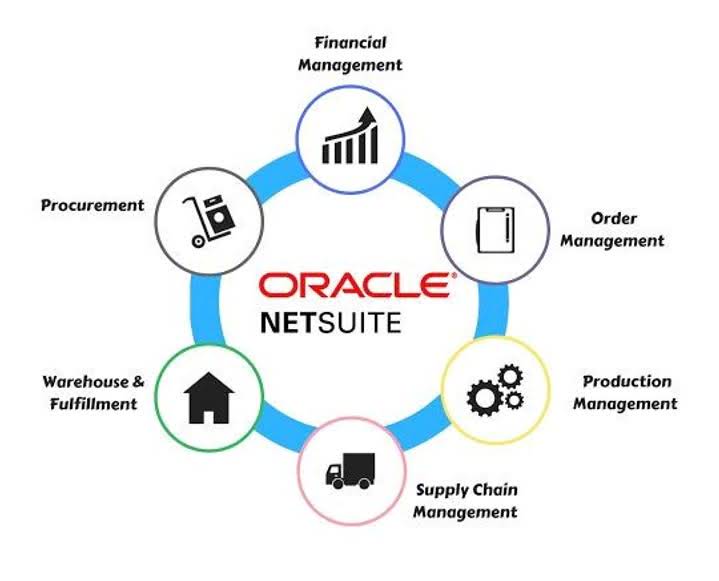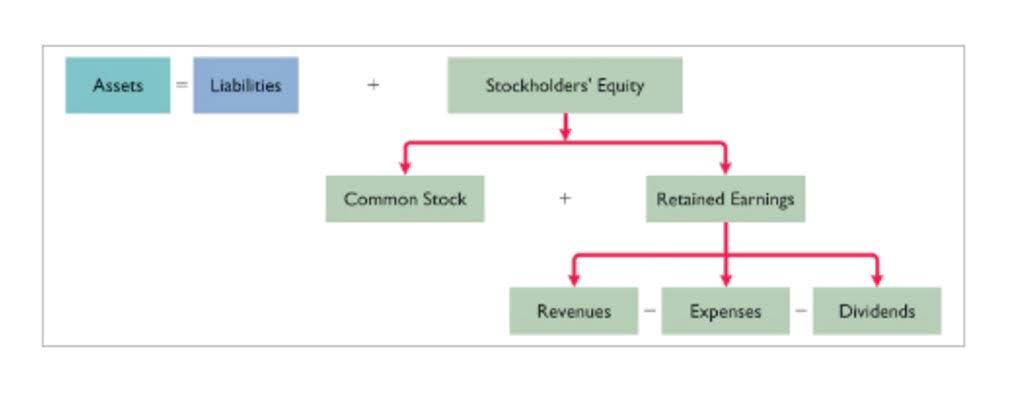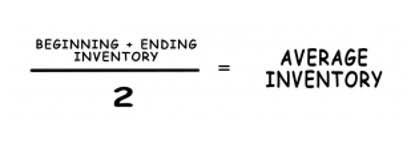
Let’s say we want to calculate the overhead cost of a homemade candle ecommerce business. After reviewing the product cost and consulting with the marketing department, the sales prices were set. The sales price, cost of each product, and resulting gross profit are shown in Figure 6.6. We’re a headhunter agency that connects US businesses with elite LATAM professionals who integrate seamlessly as remote team members — aligned to US time zones, cutting overhead by 70%.

Determining Estimated Overhead Cost
Investing time into overhead analysis and accurate calculation of rates leads to better accounting and superior business management. Understanding industry standards and benchmarks is crucial for businesses striving to set competitive and realistic predetermined overhead rates. Learn how businesses can ensure accuracy in these adjustments to reflect changing circumstances. The production head wants to calculate a predetermined overhead rate, as that is the main cost allocated to the new product VXM. Predetermined overhead rates are crucial for break-even analysis, allowing businesses to determine the level of sales needed to cover fixed and variable costs. Sales revenue measures overhead costs based on the revenue generated from selling the products or services.
- It’s a simple method to use, but it may not reflect the variations in overhead costs incurred during different production periods.
- In other words, using the POHR formula gives a clearer picture of the profitability of a business and allows businesses to make more informed decisions when pricing their products or services.
- Activity-based costing (ABC) is a more complex but accurate method of assigning overhead costs based on the activities consumed in the production process.
- For instance, if the activity base is machine hours, you calculate predetermined overhead rate by dividing the overhead costs by the estimated number of machine hours.
- The overhead rate of cutting department is based on machine hours and that of finishing department on direct labor cost.
Calculation of Predetermined Overhead and Total Cost under Traditional Allocation
- Hence, this predetermined overhead rate of 66.47 shall be applied to the pricing of the new product VXM.
- After going to its terms and conditions of the bidding, it stated the bid would be based on the overhead rate percentage.
- This rate is frequently used to assist in closing the books more quickly, since it avoids the compilation of actual manufacturing overhead costs as part of the period-end closing process.
- Several factors, such as the nature of the industry, technology adoption, and historical data analysis, can influence the predetermined overhead rate.
- The formula for a predetermined overhead rate is expressed as a ratio of the estimated amount of manufacturing overhead to be incurred in a period to the estimated activity base for the period.
- A company’s manufacturing overhead costs are all costs other than direct material, direct labor, or selling and administrative costs.
- Not a whole lot compared to other business models (which is probably why a lot of people choose to start these sorts of businesses!).
(2) The rationale behind this method is that both material and labour costs cause the overhead to be incurred and therefore it is appropriate to use the aggregate of both as basis for absorption. Under this method the overhead is divided by the aggregate of direct material and direct labour cost of the department. Then, they’ll need to estimate the amount of activity or work that will be performed in that same time period. For this example, we’ll say the marketing agency estimates that it will work 2,500 hours in the upcoming year.

Method # 6. Rate per Unit of Production Method:

During that same month, the company logs 30,000 machine hours to produce their goods. Additionally, you should recalculate your predetermined overhead rate any time there is a significant change in your business, such as the addition of new equipment or a change in your product line. Again, this predetermined overhead rate can also be used to help the business owner estimate their margin on a product. The business owner can then add the predetermined overhead costs to the cost of goods sold to arrive at a final price for the candles. Here’s how a service-based business, namely a marketing agency, might go about calculating its predetermined overhead online bookkeeping rate.

We’ll outline the basic formulas used to calculate different types of overhead rates and provide overhead cost examples. The key is choosing an appropriate cost driver – like machine hours in manufacturing or headcount in sales – to distribute overhead expenses. Calculating overhead rates accurately is critical, yet often confusing, for businesses. Use the following data for the calculation of a predetermined overhead rate.
- Therefore, in simple terms, the POHR formula can be said to be a metric for an estimated rate of the cost of manufacturing a product over a specific period of time.
- Businesses should understand which overhead costs are fixed vs variable when budgeting and setting overhead rates.
- Added to these issues is the nature of establishing an overhead rate, which is often completed months before being applied to specific jobs.
- Sales price method is inequitable for absorbing production overhead because production overhead has no specific relationship with sale price of products.
- Per unit method of absorption of overhead is used when the output is measured in physical units like number, weight, etc.
- The best way to predict your overhead costs is to track these costs on a monthly basis.
- Companies need to make certain the sales price is higher than the prime costs and the overhead costs.
The predetermined overhead rate is calculated by dividing the estimated manufacturing overhead by the estimated activity base (direct labor hours, direct labor dollars, or machine hours). For instance, if the activity base is machine hours, you calculate predetermined overhead rate by dividing the overhead costs by the estimated number of machine hours. This is calculated at the start of the accounting period and applied to production to facilitate determining a standard cost for a product. The predetermined overhead rate is set at the beginning of the year and is calculated as the estimated (budgeted) overhead costs for the year divided by the estimated (budgeted) level of activity for the year.
- Once a company determines the overhead rate, it determines the overhead rate per unit and adds the overhead per unit cost to the direct material and direct labor costs for the product to find the total cost.
- However, since budgets are made at the start of the period, they do not allow the business to use actual results for planning or forecasting.
- Discover essential eBay selling tools, including seller, marketing, and listing tools to enhance your ecommerce business efficiency and increase sales.
- It involves estimating the manufacturing overhead costs that will be incurred over a specific period and then allocating those costs to the units produced during that period.
- Costs must thus be estimated based on an overhead rate for each cost driver or activity.
- For example, overhead costs may be applied at a set rate based on the number of machine hours or labor hours required for the product.
- Calculating the Predetermined Overhead Rate (POR) is a critical step in cost accounting, particularly in the manufacturing sector.
For businesses in manufacturing, establishing and monitoring an overhead rate can help keep expenses proportional to production volumes and sales. It can help manufacturers know when to review their spending more closely, in order to protect their business’s profit margins. The overhead rate helps businesses understand the proportion of indirect costs relative to direct costs.
The application rate that will be used in a coming period, such as the next year, is often estimated months before the actual overhead costs are experienced. Often, the actual overhead costs experienced in the coming period are higher or lower than those budgeted when the estimated overhead rate or rates were determined. At this point, do not be concerned about the accuracy of the future financial statements that will be created using these estimated overhead allocation Bakery Accounting rates. You will learn in Determine and Disposed of Underapplied or Overapplied Overhead how to adjust for the difference between the allocated amount and the actual amount.
Overhead Rate Formula and Calculation

Fixed overhead costs remain constant regardless of the level of production. These costs are allocated evenly to products or services based on the chosen allocation base. Regularly evaluate the performance of the predetermined overhead rate against actual overhead costs and make necessary adjustments to improve accuracy and ensure reliable financial reporting. This ongoing evaluation and refinement process helps maintain the effectiveness of the predetermined overhead rate. Once you have gathered this information, you can calculate the department-wide overhead rate for each department by dividing the total overhead costs by the total direct costs for that predetermined overhead rate department. Predetermined overhead rates are important because they provide a way to allocate overhead costs to products or services.








